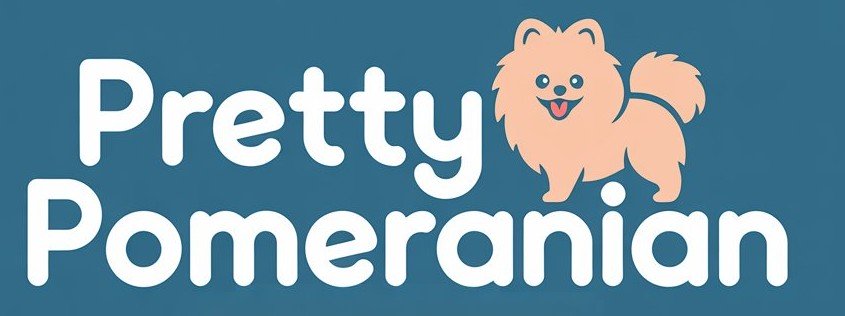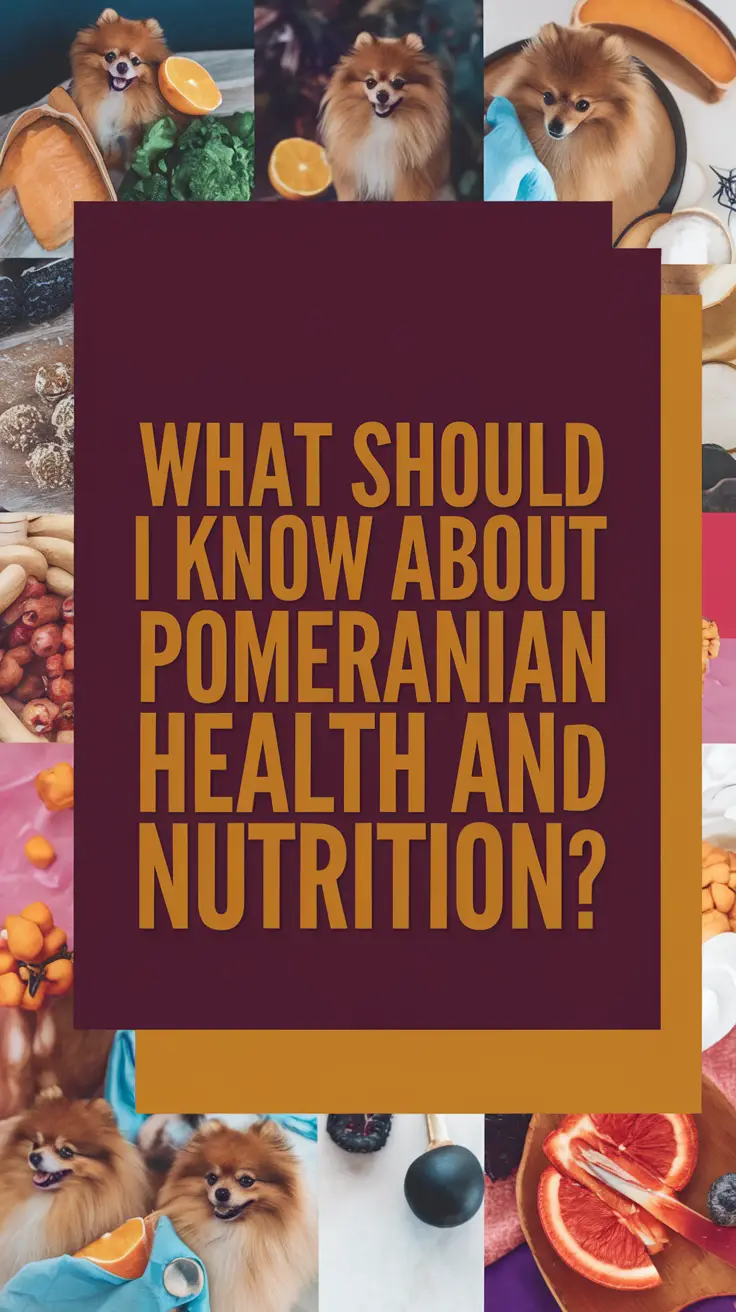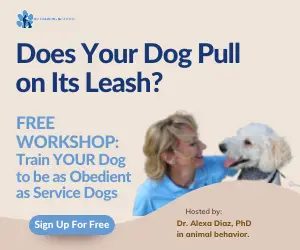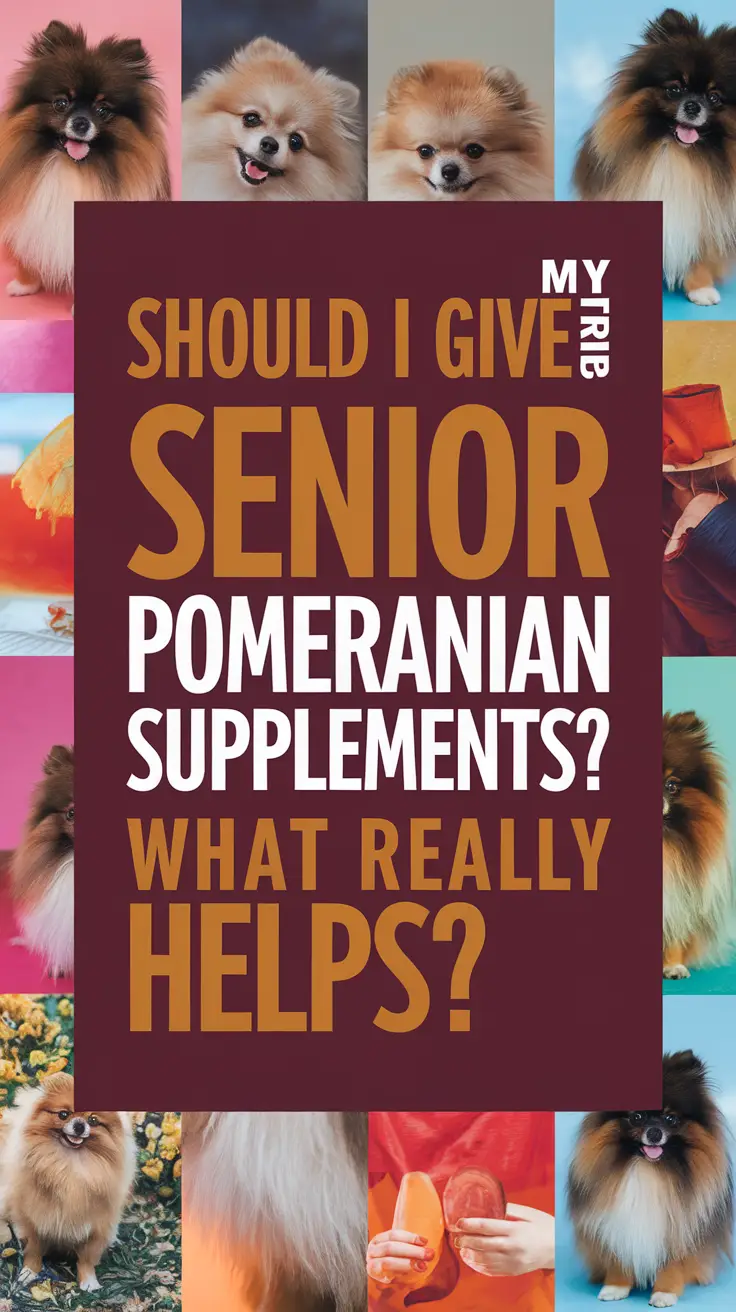Watching your fluffy Pomeranian companion bounce around the living room like a cotton ball on springs is pure joy – until you notice they’re limping slightly or turning their nose up at dinner. As a devoted Pom parent, you want nothing more than to keep your precious furball healthy, happy, and thriving for years to come.
Here are the three essential things every Pomeranian owner needs to master:
- Understanding breed-specific health vulnerabilities and prevention strategies
- Crafting the perfect nutrition plan for your Pom’s unique needs
- Recognizing early warning signs that require veterinary attention
The Reality Check: Common Pomeranian Health Challenges
My Sash taught me early on that Pomeranians come with their own special set of health considerations. During her first year, she developed what I initially thought was just “dramatic behavior” – excessive panting and reluctance to jump on the couch. My veterinarian quickly identified early signs of luxating patella, a common kneecap dislocation issue in small breeds.
According to the American Kennel Club, Pomeranians are predisposed to several health conditions that every owner should monitor:
| Health Condition | Signs to Watch For | Prevention/Management |
|---|---|---|
| Luxating Patella | Limping, skipping steps, reluctance to jump | Maintain healthy weight, provide ramps |
| Tracheal Collapse | Honking cough, breathing difficulties | Use harness instead of collar, avoid overexertion |
| Dental Issues | Bad breath, difficulty eating, pawing at face | Daily brushing, dental chews, regular cleanings |
| Alopecia X | Hair loss, darkening skin | Regular grooming, veterinary monitoring |
Dr. Sarah Mitchell, a veterinarian specializing in toy breeds, explains: “Pomeranians require proactive health management rather than reactive treatment. Their small size amplifies both minor issues and major successes in preventive care.”
The Dental Drama
Small dogs, big dental problems – that’s the Pomeranian motto nobody talks about. Sash’s teeth became my obsession after her first dental cleaning revealed significant tartar buildup at just two years old. Those tiny mouths pack 42 teeth into a space barely larger than a walnut, creating the perfect storm for dental disease.
Daily tooth brushing isn’t just recommended – it’s essential. I learned this lesson the expensive way, with a $800 dental cleaning bill that could have been prevented with consistent home care.
Nutrition: Fueling Your Pocket-Sized Powerhouse
Feeding a Pomeranian properly requires precision that would make a Swiss watchmaker proud. Their fast metabolisms and tiny stomachs create unique nutritional challenges that generic dog food simply can’t address.
The Small Kibble Revolution
Standard dog food kibble is designed for medium to large breeds, making it practically inedible for most Pomeranians. Sash would literally push regular-sized kibble around her bowl like puzzle pieces she couldn’t solve. Small-breed formulas aren’t just marketing gimmicks – they’re nutritional necessities.
Key nutritional requirements for Pomeranians include:
- Higher calorie density due to faster metabolisms
- Smaller kibble size for easier chewing and digestion
- Increased protein content to support their active nature
- Added omega fatty acids for coat health
- Calcium and phosphorus balance for bone health
Feeding Schedule Strategy
Pomeranians are prone to hypoglycemia, especially as puppies and seniors. Free-feeding might work for larger dogs, but Poms need structured meal times to maintain stable blood sugar levels.
| Age Group | Meals Per Day | Portion Size | Special Considerations |
|---|---|---|---|
| Puppy (2-6 months) | 4 | 1-2 tablespoons | Monitor for hypoglycemia |
| Adult (6 months-7 years) | 2-3 | 1/4 to 1/2 cup total daily | Adjust for activity level |
| Senior (7+ years) | 2-3 | Reduced portions | Senior-specific formula |
The Treat Trap
Those adorable Pomeranian eyes can convince you that starvation is imminent, even five minutes after dinner. Treats should comprise no more than 10% of their daily caloric intake – which translates to surprisingly few actual treats for a 5-pound dog.
I keep a “treat journal” for Sash because it’s embarrassingly easy to over-treat a Pomeranian. What feels like a small reward to us can represent a significant portion of their daily nutrition.
Weight Management: The Fluffy Factor
Pomeranian weight management presents unique challenges because their double coats can hide weight gain until it becomes significant. Regular body condition assessments are crucial – you should be able to feel their ribs easily without pressing hard, even through all that fluff.
Obesity in Pomeranians accelerates joint problems, worsens breathing issues, and can trigger diabetes. Maintaining proper weight isn’t vanity – it’s health insurance.
Exercise and Mental Stimulation
Despite their small stature, Pomeranians have exercise needs that many owners underestimate. Sash requires two 15-20 minute walks daily plus indoor play sessions to prevent destructive behavior and maintain muscle tone.
Mental stimulation often trumps physical exercise for this intelligent breed. Puzzle feeders, rotating toys, and brief training sessions keep their sharp minds engaged and reduce anxiety-related behaviors.
Seasonal Health Considerations
Pomeranians struggle with temperature regulation more than most breeds. Summer requires careful monitoring for overheating, while winter demands protective clothing for outdoor activities. I learned this during Sash’s first winter when she literally refused to go outside without her sweater – not from vanity, but from genuine cold sensitivity.
Building Your Pomeranian Health Team
Finding a veterinarian experienced with toy breeds makes an enormous difference in care quality. Small breed specialists understand the unique dosing requirements, handling techniques, and breed-specific concerns that general practitioners might overlook.
Regular health monitoring should include:
- Biannual veterinary examinations
- Annual dental cleanings after age 2
- Monthly weight checks
- Weekly dental care at home
- Daily coat brushing and skin inspection
Caring for a Pomeranian’s health and nutrition requires dedication, attention to detail, and a willingness to invest in preventive care. These remarkable little dogs reward thoughtful care with years of spirited companionship, endless entertainment, and unconditional love. Your Pomeranian isn’t just a pet – they’re a long-term commitment to joy, laughter, and the occasional expensive veterinary lesson that makes you a better dog parent.







